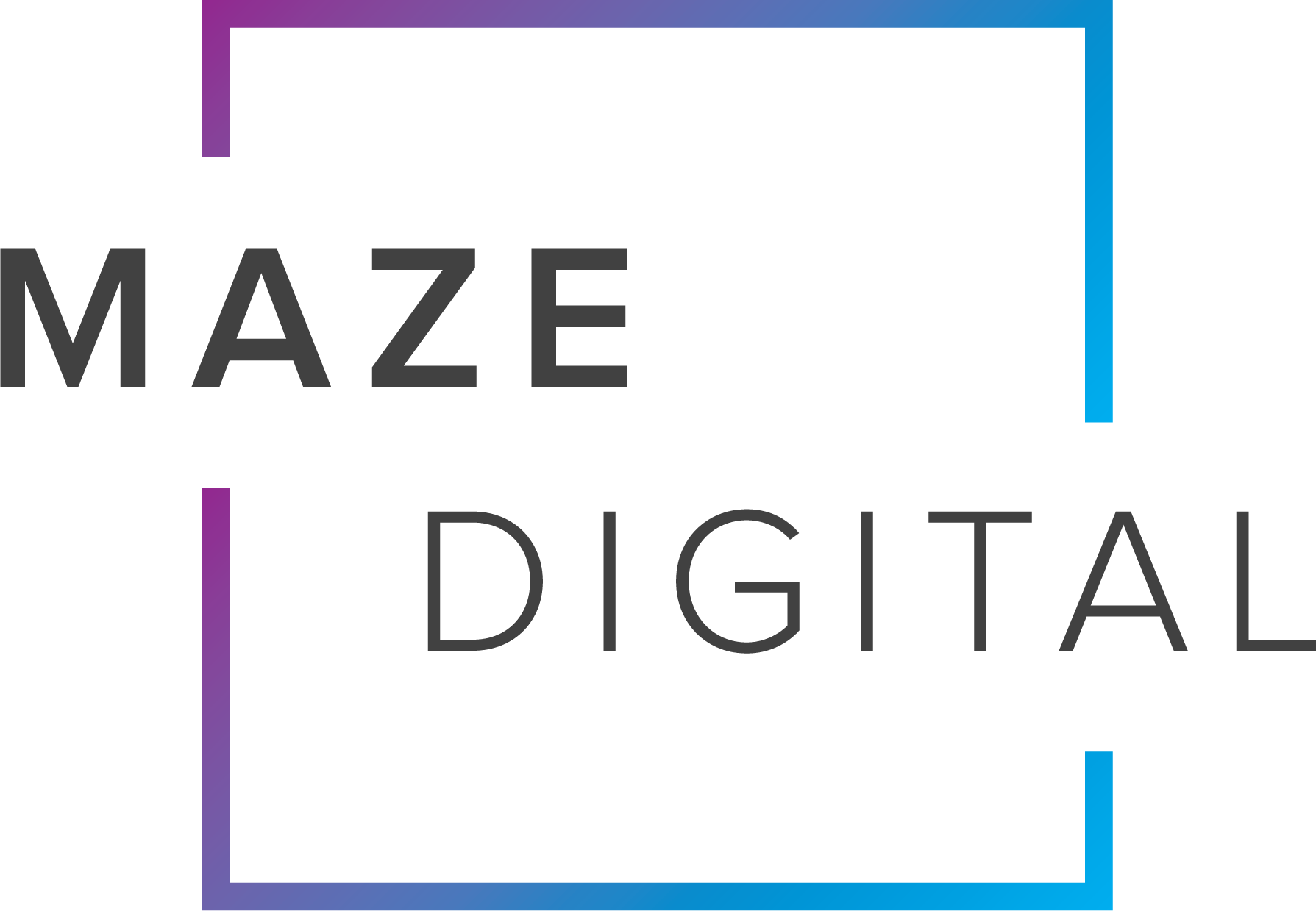Search-Friendly Guidelines for Editors and Writers
Jon Mifsud · 19 Apr 2017Back in the days of traditional media, namely printed newspapers and magazines, we only cared about a handful of things when crafting content:
- Headlines which attract sales! We wanted the frontpage to have the best possible headline to ensure additional sales, and then something similar for the backpage but generally with particular emphasis on sports coverage;
- Decent content in the newspaper/magazine to make readers return and purchase another time;
- Appropriate photos which the designer would carefully place into the right space, at the right resolution. In this process, the writer was generally not involved as much.
We’ve written a little something about the transformation of publishing, ourselves.
Optimising Content for the Digital Era
Content creation has, however, evolved on a digital scale and, if your team has its own Search Engine Specialist, he/she will be constantly nagging in your ear that you have to do a host of other things. If you don’t have someone to help with optimisation, you’re probably looking things up yourself and trying to figure out how to make it all work.
7 Quick SEO Tips
Below are some of the things which you’ll find and hear, although some more frequently than others. If you’re looking for guidance, we’ve also added in a few quick tips from our end to get you started on the right path.
1. Headlines
Keep your headlines short, ideally under 70 characters. But make them intriguing - the word ‘viral’ will be mentioned to you more times than you can count.
2. SEO Description
You have to come up with a short teaser of not more than 160 characters - a piece of text which is not really part of your article, but is to be used by Google if your article comes up in search results.
3. Images
Each image and photo you want has to be of a specific aspect ratio and size - most importantly, you will need to know how to edit and resize yourself, as most teams have done away with the designer coming in between editing and the publication itself.
4. File Names
In addition, you’ve got to name files in a particular way so that search engines can read them and, oh yes - captions and other text describing the images are super important, just so machines and search engines like Google can read and understand what is going on.
5. Originality
Each article has to be original - back in the day, we could just publish a press-release as is with minor edits. Today this is considered duplicate content by search engines which might even discredit the website, if overused. So, unless the information is unique or exclusive, we’d rather just let the press-release pass us by.
6. Length
Article length used to be defined by space on the paper and the images placed - we used to trade images for additional text, or increase the size of an image to make up for a slightly shorter article, which also meant we could assign writers fixed length articles to fit into the pre-defined number of columns, pages or spreads. Now that everything has become dynamic, there’s the question of how long an article should be, and the correct answer to that question would be - it depends. However, research has shown that the best performing articles on search engines are usually in excess of 1500 words, meaning they are long-form, well thought-out, and well researched articles. More so, opinions are preferred to short, instantly gratifying news. To this effect, the number of photos we can put in an article is also unlimited.
7. Homepage
And one last word of advice - the homepage is out of your control. It is no longer a case of the most important thing going up top and taking over your newspaper/magazine - the space is split up in a pre-defined way which often places your articles in a reverse chronological order.
Happy Optimising!
Of course, there’s loads more to search engine optimisation than just these 7 pointers. In fact, SEO today has become something of a complex science. But, hey - you need to start somewhere! It’s really not as daunting as it may feel right now. Try using these tips with your website, and let us know if you see any results!


